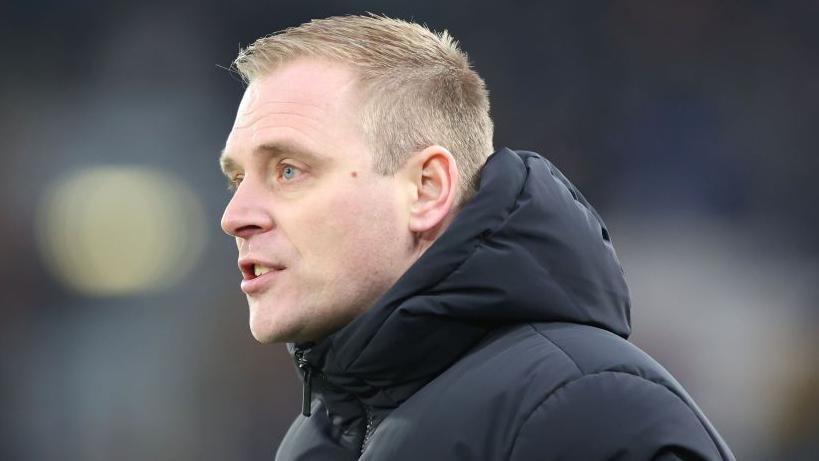Thorup's Tactical Frustration: Norwich's Boss Reveals Unmet Expectations

Norwich City's head coach Johannes Hoff Thorup offered a mixed assessment of his team's performance, praising their offensive prowess while expressing clear concerns about their defensive vulnerabilities after the match against Stoke. Despite the attacking flair that caught his eye, Thorup was candid about the team's defensive lapses, suggesting there's significant work to be done to shore up the backline.
The manager highlighted the positives of his team's forward play, noting the creativity and energy in their attacking movements. However, he was quick to temper this enthusiasm with a frank critique of the defensive weaknesses that could potentially undermine the team's overall performance in future matches.
Thorup's balanced perspective reflects his commitment to developing a well-rounded team, acknowledging the strengths while remaining realistic about the areas requiring improvement. His comments indicate a coaching approach that values both offensive dynamism and defensive solidity.

